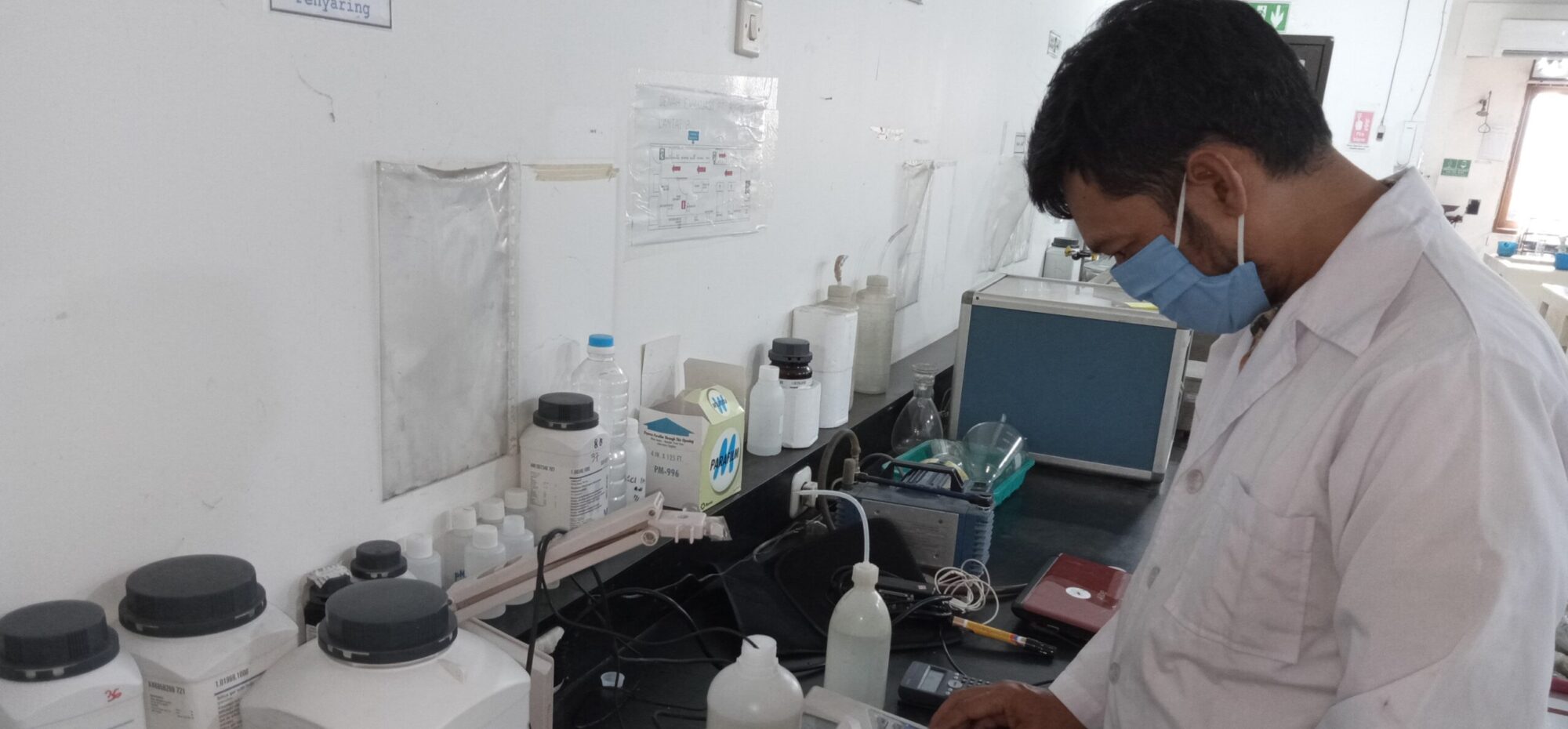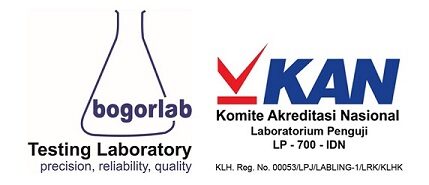The amount of pharmacological substances and chemicals being used in the human community today, have increased to almost an innumerable amount. These may be presented today in the form or as constituents of food, medicines, beverages, household, and other industrial substances. However, these chemicals or pharmacological substances may result in chronic toxicity in the living system when used over a long period of time or acute toxicity may also occur when large quantities capable of eliciting immediate toxic effect are used.
The major assessment in measuring toxicity is Lethal Dose 50 (LD50), Lethal Concentration 50 (LC50) and Sub chronic toxicity test. Also plankton and benthic fauna analysis for environmental studies.
LD50
Lethal dose 50 (LD50) is a calculated dose of a substance which is expected to cause the death of 50% of an entire defined experimental animal population. We use mice (Mus musculus) and rat (Rattus norvegicus) as test animal. It is determined from the exposure to the substance by any route other than inhalation of a significant number from that population. Apart from mortality, other biological effects and the time of onset, duration and degree of recovery on survived animals, are also important in acute toxicity evaluation. Acute toxicity study such as LD50 provide information on the safety of a substances to a living system. The test is conducted in general accordance with the US EPA 712-C-02-190 : OPPTS 870.1100 Acute Oral Toxicity or the OECD 425 : Acute Oral Toxicity – Up-and-Down-Procedure.
LC50
Lethal concentration 50 (LC50) is the concentration of the chemical in the air or water that will kill 50% of an entire defined experimental animal population. We uses giant tiger prawn (Penaeus monodon), daphnia (Daphnia sp.), common carp (Cyprinus carpio) and nile tilapia (Oreochromis niloticus) as a animal test. The test is conducted in general accordance with the US EPA 821-R-02-012 : Methods for Measuring the Acute Toxicity of Effluents and Receiving Waters to Freshwater and Marine Organisms and OECD 203 : Fish, Acute Toxicity Test.
Sub-chronic
Sub-chronic toxicity test assess the undesirable effects of continuous or repeated exposure of a compounds over a portion of the average life span of experimental animal, such as rodents. Its provide the information on target organ toxicity and are designed to identify adverse effect levels. We use mice (Mus musculus) and rat (Rattus norvegicus) as test animal. The sub-chronic toxicity test was evaluated in rodents at a defined dose per day for 90 days. Consideration should be given to an additional satellite group of reversibility, persistence, or delayed occurrence of systemic toxic effects and recovery from toxic effects for at least 14 days after treatment. The test is conducted in general accordance with the OECD 408 : Repeated Dose 90-day Oral Toxicity Study in Rodents.
Plankton and Benthos
In environmental studies, the physical and chemical characteristics of waterbodies affect the abundance, species composition, stability, productivity, and physiological condition of aquatic organism populations. Biological methods used to assess water quality include the collection, counting, and identification of aquatic organisms and interpretation of biological data. We conducted plankton and benthic fauna as a bio-indicator for environmental studies.
Plankton has long been used as a water quality indicator. Due to narrow environmental tolerances, planktons are useful in determining historical water quality and thus future management direction. So the compositions of phytoplankton and zooplankton communities are critical components of water-quality assessments. Meanwhile, the responses of macroinvertebrate communities to environmental changes are useful in assessing the effects of municipal, industrial, oil, agricultural wastes, and other land uses on surface waters. As the result of the assessment, we calculated abundance, diversity indices, uniformity indices, and dominance indices. The methods that we use to assess plankton and benthic fauna is APHA 23rd edition : Standard Methods for the Examination of Water and Wastewater.

